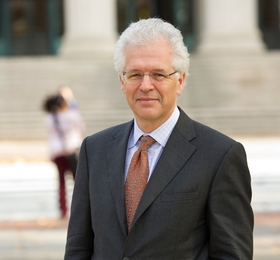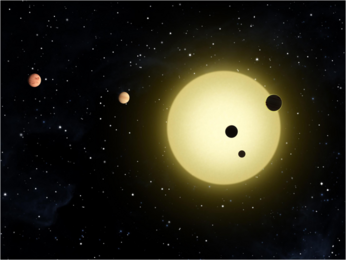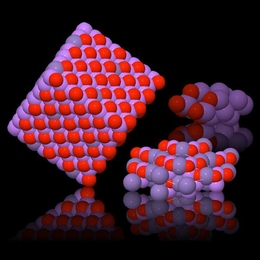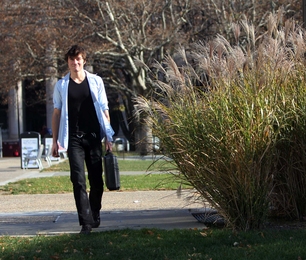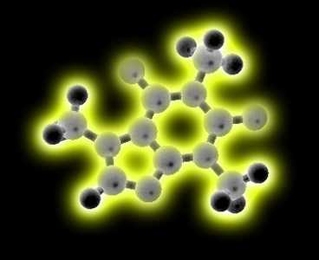Search Stories
Patterns of connections reveal brain functions
Neuroscientists identify face-recognition areas based on what parts of the brain they link to.
Neuroscientists identify a master controller of memory
One gene appears to regulate the brain’s ability to form new memories.
How to kick-start new energy technologies
Three-year study produces proposals for boosting energy innovation to meet growing demand, curb global warming.
Proposal for MIT Global Environment Initiative seeks public comment
Initiative expected to focus on six broad environmental research themes.
Traditional social networks fueled Twitter’s spread
Site’s U.S. growth relied primarily on media attention, geographic proximity of users.
Two new Earth-sized exoplanets discovered
Some 950 light-years away, team finds smallest exoplanets yet detected.
Need a new material? New tool can help
Exhaustive reference system and interactive toolkit could revolutionize materials research, potentially enabling new types of manufacturing.
Stopping influenza evolution before it starts
Model of flu proteins suggests new way to design vaccines that slow mutations.
3 Questions: Stephen Van Evera on the withdrawal from Iraq
A look at the prospects for peace as U.S. troops leave.
Data mining without prejudice
A new technique for finding relationships between variables in large datasets makes no prior assumptions about what those relationships might be.
Up, down and all around
One MIT senior traveled the planet’s most remote areas before landing at the Institute, where he now works on engineering better thermoelectric devices.
Research update: Sharpening the lines
New advance could lead to even smaller features in the constant quest for more compact, faster microchips.
A glow of recognition
New detectors developed at MIT could provide easy visual identification of toxins or pathogens.
Trillion-frame-per-second video
By using optical equipment in a totally unexpected way, MIT researchers have created an imaging system that makes light look slow.



